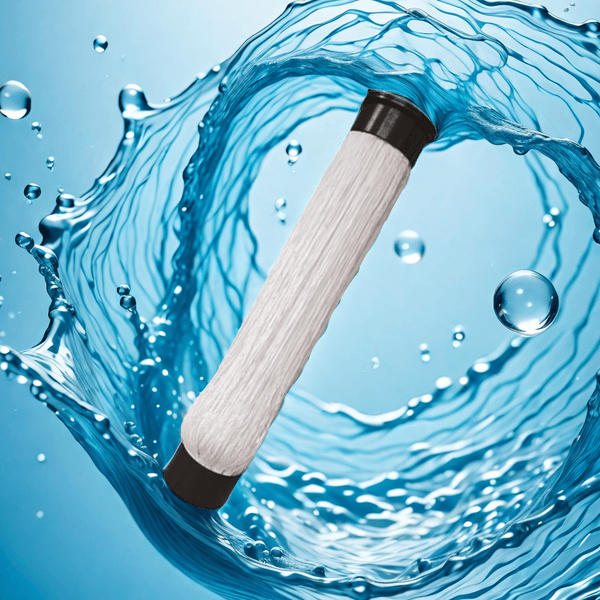Application of membrane separation technology in water treatment
The application of membrane separation technology in water treatment has significant advantages and a wide range of applications. The following is a detailed analysis of the application of membrane separation technology in water treatment:
1、 Application background
With the rapid development of industrialization and urbanization, water scarcity and pollution problems are becoming increasingly serious, and water treatment technology has become particularly important. Membrane separation technology, as an efficient and environmentally friendly separation technology, has been widely applied in the field of water treatment.
2、 Introduction to Membrane Separation Technology
Membrane separation technology is a technique that utilizes membrane materials with selective separation capabilities to separate molecules of different particle sizes at the molecular level. According to different pore sizes, membranes can be divided into microfiltration membranes (MF), ultrafiltration membranes (UF), nanofiltration membranes (NF), and reverse osmosis membranes (RO). These membrane materials can effectively remove pollutants such as suspended solids, bacteria, viruses, organic matter, and heavy metal ions from water.
3、 Application of membrane separation technology in water treatment

Sewage treatment:
Membrane separation technology, as a deep treatment process for wastewater treatment, can efficiently remove pollutants such as suspended solids, colloids, bacteria, and viruses from wastewater.
Membrane separation technology can select appropriate membrane materials and separation mechanisms based on different water quality and treatment requirements. For example, microfiltration membranes are suitable for removing suspended solids and colloids from water, ultrafiltration membranes and nanofiltration membranes can be used for removing organic matter and microorganisms from water, and reverse osmosis membranes can remove soluble salts, heavy metal ions, etc. from water.
Drinking water purification:
Membrane separation technology can be used for the purification treatment of drinking water, which efficiently removes pollutants such as soluble salts, heavy metal ions, organic matter, and microorganisms from water through reverse osmosis membranes, thereby improving the quality of drinking water.
In the Singapore Core Park Water Plant, an innovative membrane separation process called “Singapore Umingang Membrane Separation Technology” has been adopted, achieving deep treatment and reuse of wastewater and providing high-quality drinking water.
Industrial wastewater treatment:
Membrane separation technology is widely used in the field of industrial wastewater treatment, such as wastewater treatment in industries such as petrochemicals, textiles, printing and dyeing, electroplating, etc. By selecting appropriate membrane materials and separation mechanisms, efficient removal and recycling of harmful substances in wastewater can be achieved.
Desalination of seawater:
Reverse osmosis technology is one of the main methods for seawater desalination in membrane separation technology. Through the selective permeability of reverse osmosis membranes, it is possible to separate salt from fresh water in seawater, thereby obtaining drinkable fresh water.
4、 Advantages and characteristics
Efficiency: Membrane separation technology has efficient separation effects and can remove various pollutants from wastewater.
Environmental friendliness: Membrane separation technology belongs to the physical separation process and does not require the addition of chemical agents, making it environmentally friendly.
Energy saving: Membrane separation technology is usually carried out at room temperature with low energy consumption.
Flexibility: Membrane separation technology can choose different membrane materials and separation mechanisms according to different water quality and treatment requirements.
5、 Conclusion
Membrane separation technology has broad application prospects and enormous potential in the field of water treatment. With the continuous development and innovation of technology, membrane separation technology will play a more important role in ensuring the sustainable utilization of water resources.
